An ongoing updated post as new resources, and rabbit holes, come up
current update; 26 January 2022
17min video “Blockchain Expert Explains One Concept in 5 Levels of Difficulty” via WIRED
12 January 2021
Associated Press Launching NFT Marketplace for Its Photographs
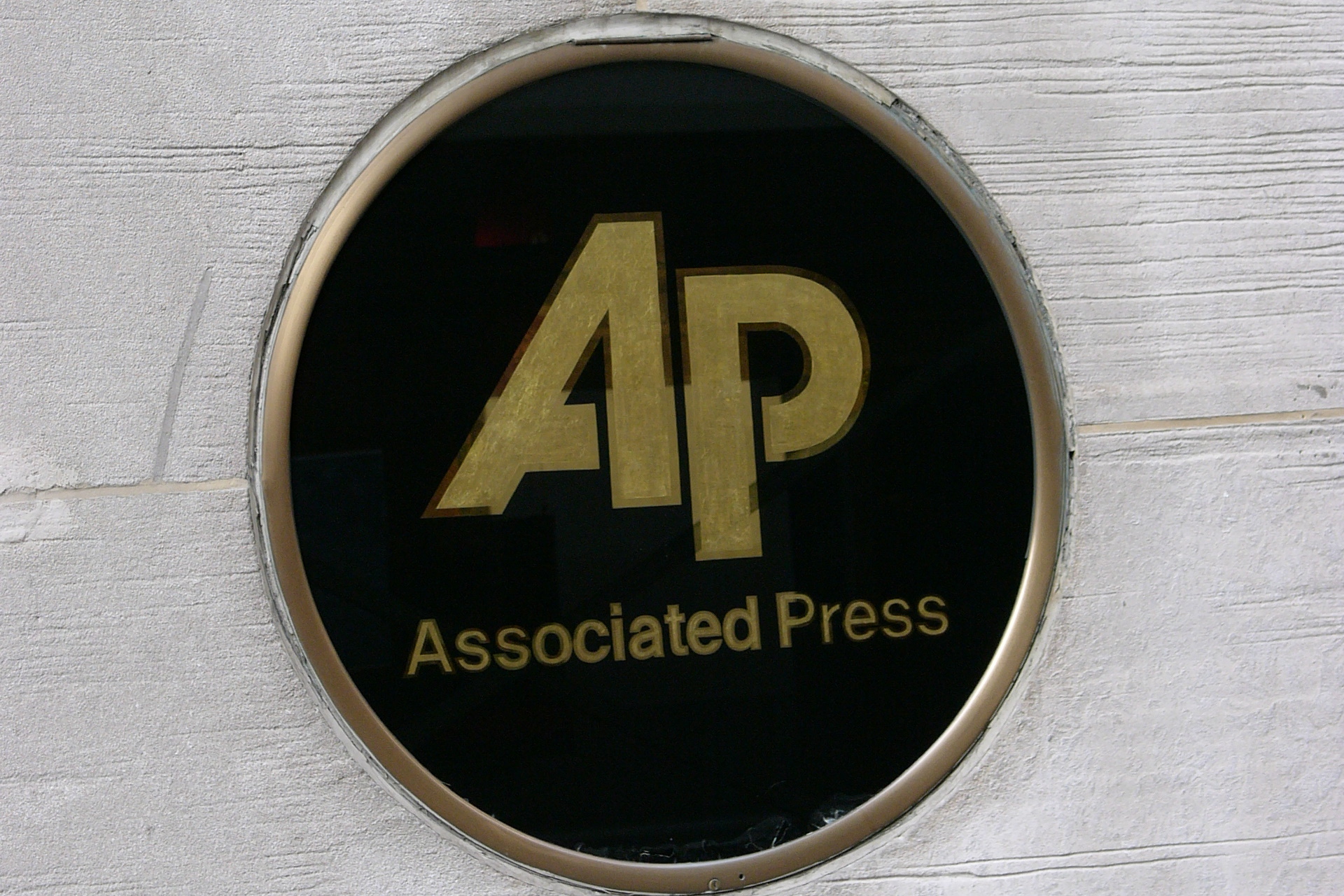
The NFTs are reported to be minted on the Polygon blockchain.
- “Each NFT will include detailed metadata showing the time, date, location, equipment and technical settings used for the photograph.”
Will blockchain assets make citation/credit/royalties easier for people/students/academic to use them within academia?
27 December 2021
Web 3.0 ‘levelset for policy makers’ – “Watch Crypto expert explain the Blockchain to Congress”
This difference between web 2.0 and web 3.0 is ownership stake. Allowing people to own or be the decider of the network through tokenization rather than centralized business controlling and dictating the network. Right now, people own their content but not necessarily the network that content is on. In Web 3.0 (or blockchain) people can be rewarded by way of proof of work network (think mining or maintaining a ledger) or vote via proof of state network . This allows the ‘investors’ (token holders) to be the deciders of what happens to the network; as opposed to the current internet where the Googles and Facebooks of the world are the deciders.
9 November 2021
Adobe Announces Collab with NFT Marketplace KnownOrigin
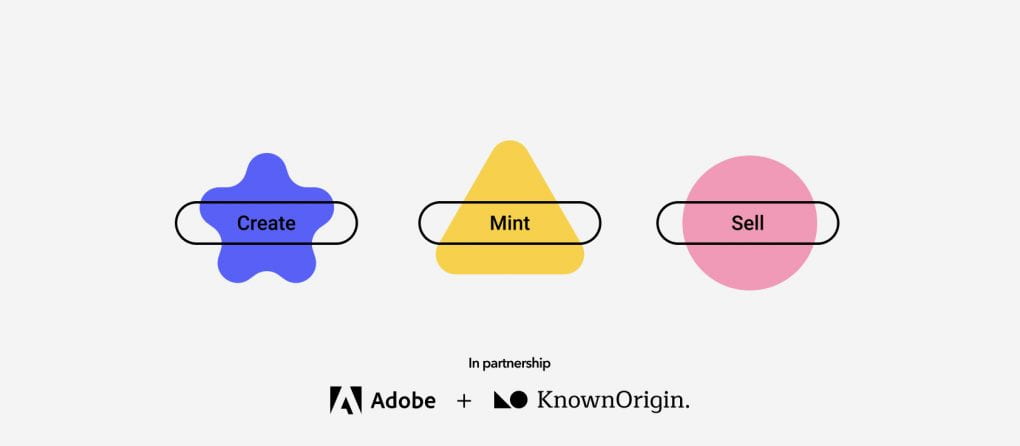
- KnownOrigin + Adobe posts: https://knownorigin.io/journal/platformupdate/content-authenticity-initiative
- Official announcement from Adobe and learn more about Content Authenticity Initiative (CAI)
“KnownOrigin will be joining forces with Adobe and Content Authenticity Initiative to empower creatives and their fans through a new open-source initiative. The big announcement of the public beta of Content Credentials was during the Adobe MAX 2021 conference. Adobe has a new way to provide and assess digital content provenance and attribution (starting with images) across some of its leading creative tools like Photoshop.“
8 October 2021
College and University’s in partnership with blockchains

Coindesk article on “Stellar and Cardano Show the Power of College Partnerships – Initiatives linking foundations and universities broaden the base for crypto development” which is a a part of CoinDesk’s universities package.
- Ripple’s University Blockchain Research Initiative (UBRI)
- Blockchain at Berkeley
- University College London’s Centre for Blockchain Technologies
- The National University of Singapore’s Fintech Lab
- University of Nicosia in Cyprus
- The Lab (University of Wyoming) launched in 2020 (following a $500,000 endowment from IOHK)
- ” The Top Universities for Blockchain by CoinDesk 2021″ CoinDesk’s universities package
30 April 2021
Since the launch of Coinbase on the US stock exchange, more and more the notion of “crypto” has become more publicly aware if not in the zeitgeist this year. Now is it actually “mainstream”; that is yet to be determined as US banks and credit cards are still figuring out how and if they use this technology within their services. This post however is not on the currency side of crypto, rather its underpinning technology that makes it a fundamental thing at all; the blockchain.
I’ve recently had quite a bit of folks interested in what this technology is, what it can do, how can education use NFTs, and where it could be headed in education. Personally, I’ve been interested in the blockchain and the public ledger idea since its inception as it came out just as I was graduating grad school. And let me just say interfacing with it has come A LONG way from those early days (anyone remember having to need to download part of the blockchain just to get your wallet to sync…anyone?). Apps and extensions make it incredibly easy to be able to finally interact with different blockchains and purchase/transfer things. As the interfaces become more seamless and ordinary; the more the adoption will increase.

But the start of conversations with people is always the same; What is it? How does it work? Where is it? And really, it reminds me of the early days of the ‘cloud,’ where we had to shift our notions of where we store our data. And yet now, we just see ‘cloud’ computing an ordinary thing. But, to help have a better understanding of the concepts of this technology as a movement (DeFi), Gemini has created a basic education platform called Cryptopedia to better address the literacy of this technology as it relates to DeFi.
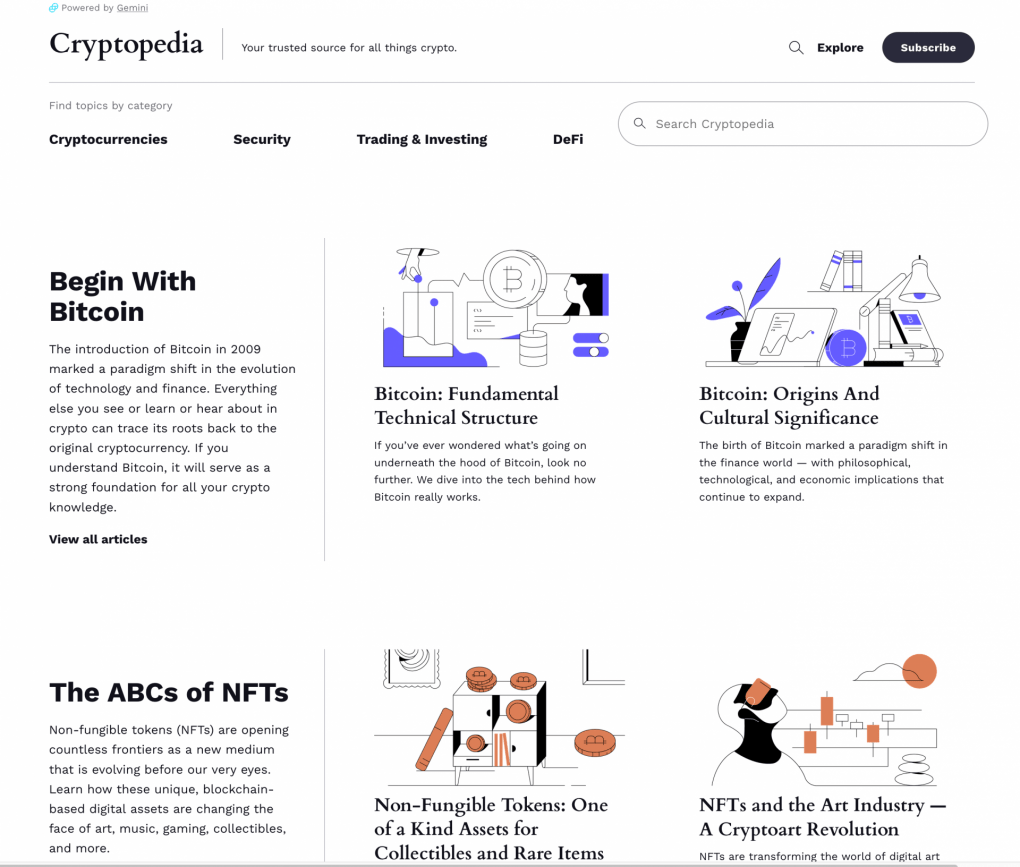
They have a module called The ABCs of NFTs that is a good primer for anyone trying to wrap their head on what these digital assets are. Now it doesn’t go into how they are minted, that is a post for a different day, but for anyone just trying to get started with notion of what they are it is a good jumping off point.
Coinmarketcap has a learning platform similar as well called Alexandria. For the more geeky, they even have a section dedicated to the more technical ‘deep dives’ of certain tokens
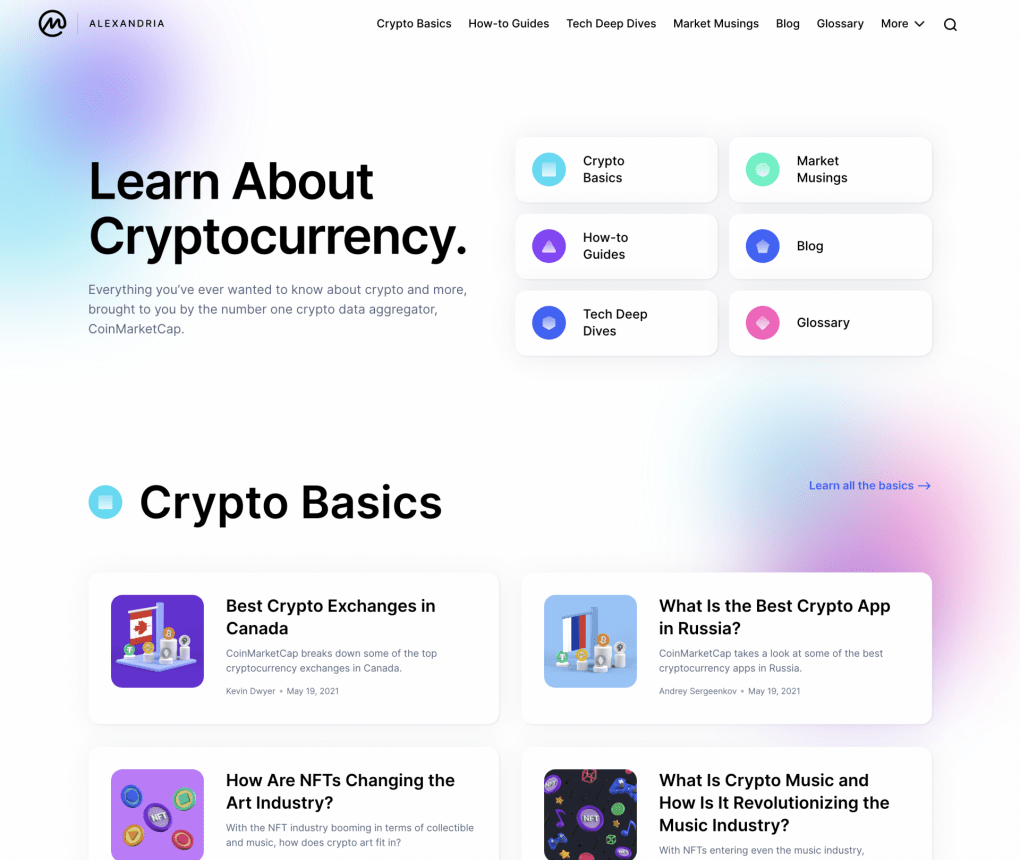
The crypto community and EdTech have had a body of enthusiasts within their communities. Things like the BEN, are a community of 2000+ academic folk where they have a knowledge base on several different blockchains, coins, and even student developed projects.
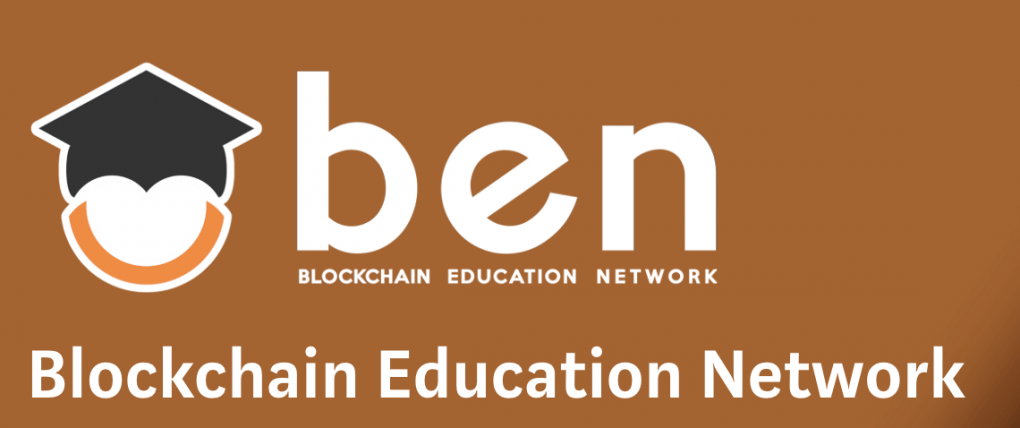
“BEN provides a community where students can use blockchain to change their campuses, cities, and countries.”
But in general the technology will be integrated at some-point within education;
Education Discussions on Blockchain
- Gartner: 4 Ways Blockchain Will Transform Higher Education
- Don Tapscott & Alex Tapscott (2017) Educause Review: The Blockchain Revolution and Higher Education
- EDUCAUSE topic of Blockchain in Education
- BEN on Medium
- Wooranna Park Primary School https://www.woorannaparkps.com.au/
- https://www.rocketshoes.io/
- “the first education platform where students take ownership over their own learning. Produce and tag learning materials, assignments, notes, and digital assets with proof of ownership on the blockchain and data securely stored on the decentralised web.”
Web 3.0 Topics
Immutable web vs the Mutable Web
Because of the immutable’s web’s design to be persistent (some say permanent), a new decentralized DNS needs to be used as well as a a way to bridge it back to browsers through https.
Domains in the dWeb
- Namebase (runs on Handshake blockchain)
- Unstoppible Domains (uses .crypto and .zil TLD from Handshake, but on Ethereum)
- ENS: Decentralised naming for wallets, websites, & more. https://ens.domains/


You must be logged in to post a comment.